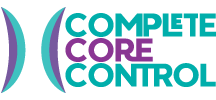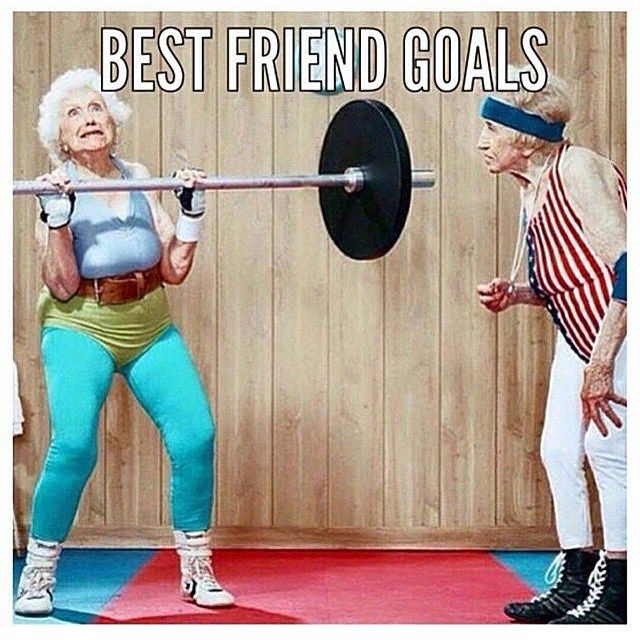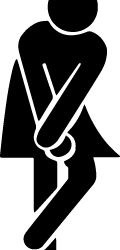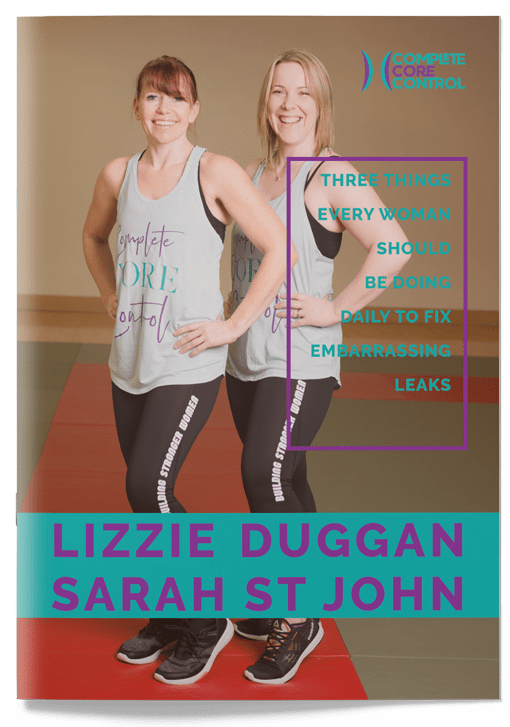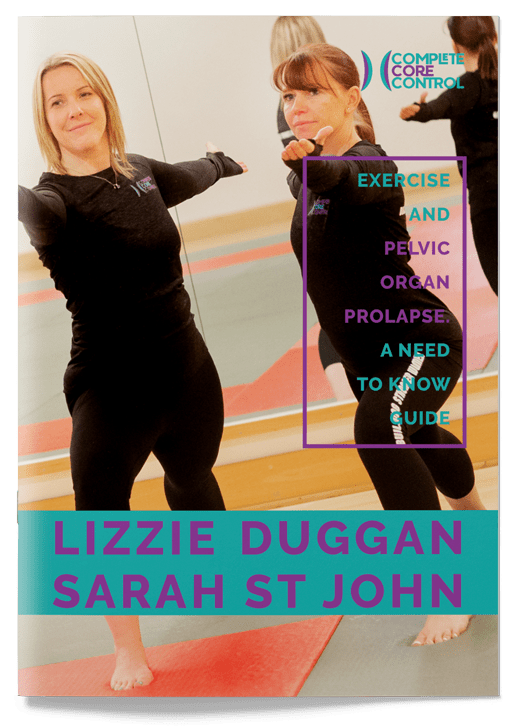What you need to know about the menopause and Bone Health
Natural bone loss accelerates in mid-life, this is especially true during menopause as levels of protective oestrogen decline so we are more at risk of osteoporosis and Osteopenia.
By the age of 65 though, everyone is in the same boat as the rate of bone loss evens out amongst the sexes.
Bone mass gradually declines for the rest of your life at this point which puts you at a greater risk for fractures.
“For each five years that passes after age 65, your risk of fracture essentially doubles,” Dr Deal says. Who is this? A bone specialist? I think some context is needed here or where the article came from.
This is not irreversible and does not mean that this is your fate now for the rest of your life.
Osteopenia
Osteoporosis
Can be improved by making changes to your lifestyle.
We CAN build strong bones and muscles at any age!
There is no age limit to improving your health, it really is that simple.
Unfortunately, there are no real symptoms showing a deterioration in bone health, often the first sign is a break or facture which will then lead to further investigation. The current statistics are that half of all women over the age of 50 will break a bone due to osteoporosis in a lifetime.
As we age the amount of good stuff going into our bones starts to decline but the amount of bad stuff (technical term) being taken out of the bone remains the same so there becomes an in-balance meaning the bones can lose density and become weaker.
So, if there is a history of osteoporosis or osteopenia in the family or if you just want to make sure this is something that you never have to deal with then let’s talk about what we can do to give our bones the very best help to stay healthy.
Our tips for strong bones!
The good news is we can take control of this and help our bones maintain and increase bone density.
How?
Movement, notice I didn’t say exercise, for one reason, which is, we just need to move using weight bearing movements like walking will help our bones become stronger.
Yes of course I am going to say exercise is the way because it ticks all the boxes, we need to help this aging and menopause process.
Exercise helps bones, muscles, heart, stress and brain health which basically are all things we need to focus more on when we hit mid-life and the menopause.
What sort of exercise should I do?
I have mentioned walking but what else will help us? Weight bearing is something that puts weight through the bone, so walking, weights, even yoga and Pilates have elements of weight bearing exercise, its finding something that you enjoy and that you can incorporate into your lifestyle.
When we talk about lifting weights, we are not looking at having to lift heavy its about starting light and working up as you get stronger or you can stay within your comfort zone it is still working.
Weights will also help muscle strength and sarcopenia (the natural decline in muscle as we age) as it helps increase our natural levels of testosterone which in turn helps with some of the menopause symptoms of brain fog, mood and libido, so definitely worth giving a try don’t you think?
Is there anything specific I should add to my diet?
There is lots of research out there about eating to help your bones but like everything when it comes to diet and nutrition these things can often contradict themselves.
For example, we want to be eating good fats like nuts in our diet and green vegetables like spinach but these foods are high in phytates and oxalates which are classed as bone foes!!!
These foods contain lots of other nutrients that our bodies need but the body struggles to absorb calcium from Phytates and Oxalates so we need to look elsewhere for our bone health.
We want foods that are rich in calcium, vitamin D and other nutrients. By adding in flavonoid rich foods like berries, green tea, red wine (in moderation), kale and red cabbage, these are important to our bone health.
Reference
Bone health and the osteoporosis foundation:
wheat bran contains high levels of phytates which can prevent your body from absorbing calcium. However, unlike beans 100% wheat bran is the only food that appears to reduce the absorption of calcium in other foods eaten at the same time. For example, when you have milk and 100% wheat bran cereal together, your body can absorb some, but not all, of the calcium from the milk. The wheat bran in other foods like breads is much less concentrated and not likely to have a noticeable impact on calcium absorption. If you take calcium supplements, you may want to take them two or more hours before or after eating 100% wheat bran.
So the news is good we can take control of our bone health and even if we have been given a diagnosis of osteopenia or osteoporosis there are steps (literally) we can take to improve these issues.
